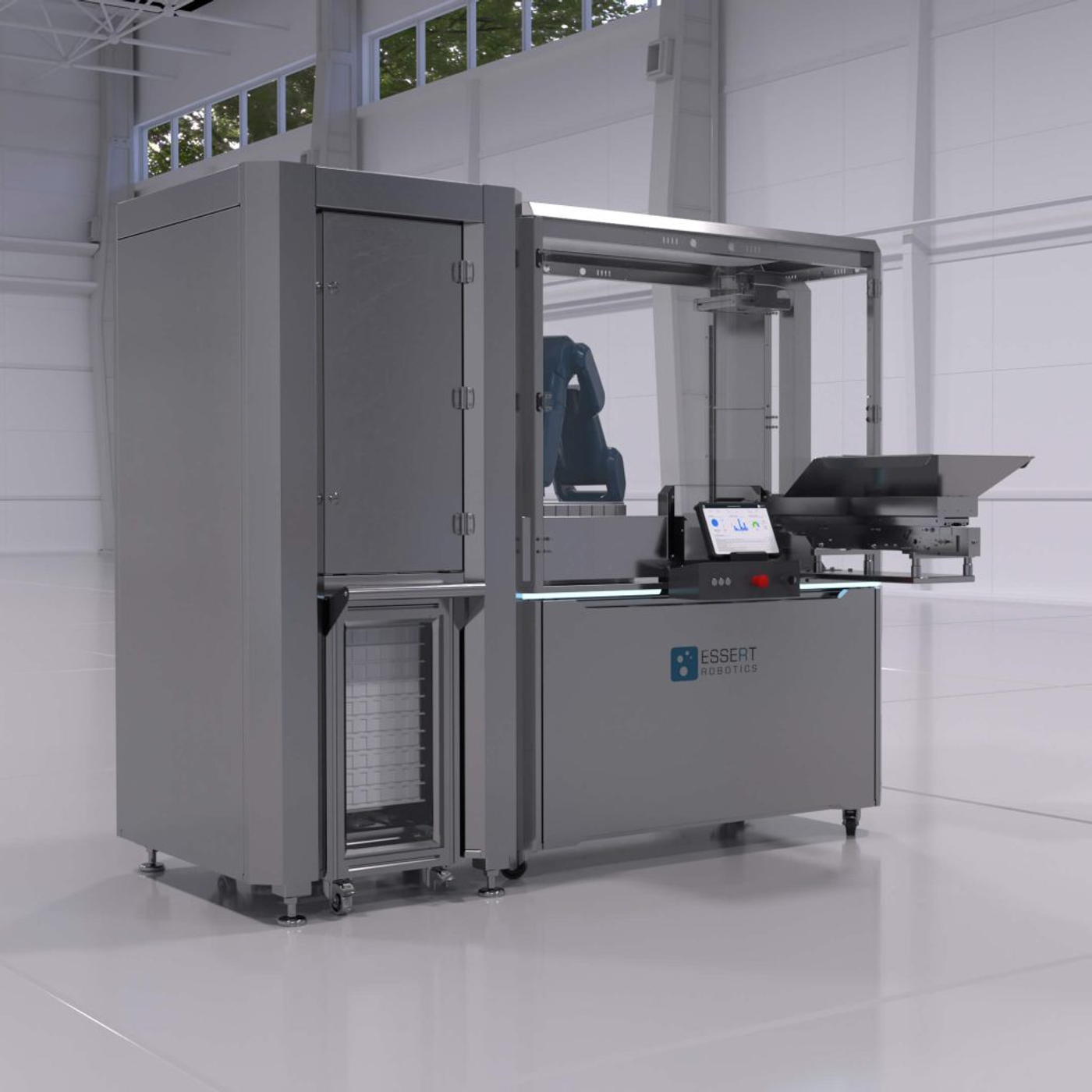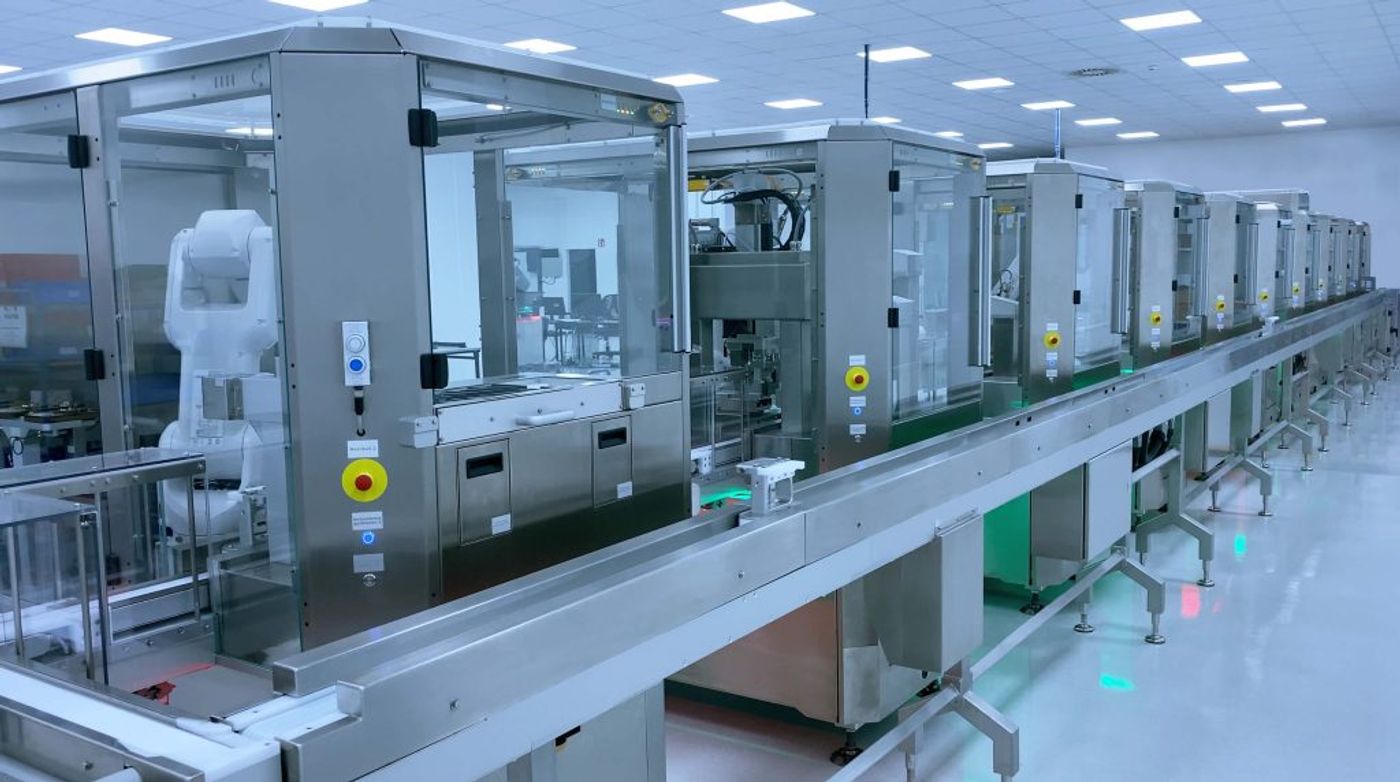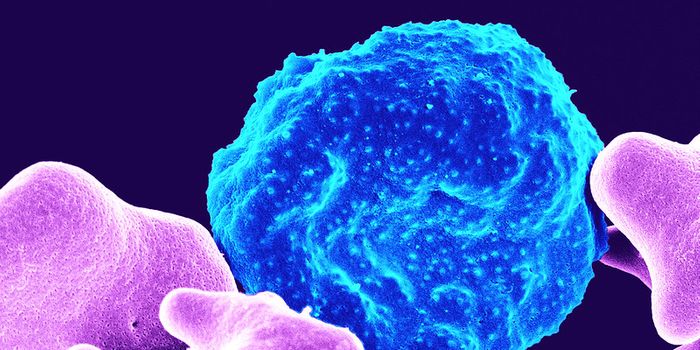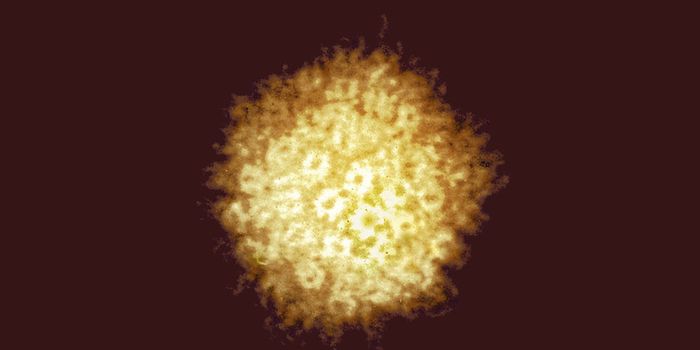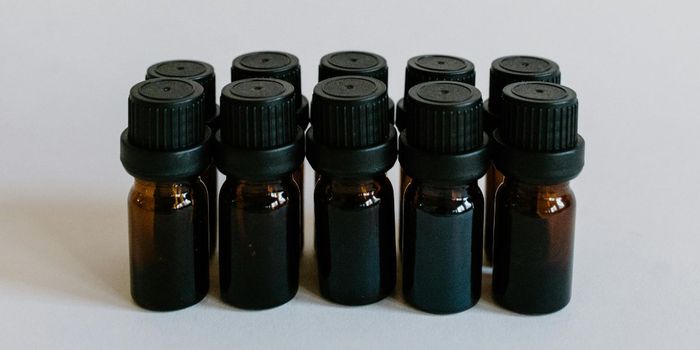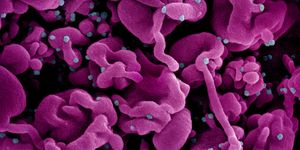Taking it personal(ized) - how tailor-made therapies are changing production environments
Gone are the days when therapies for medical conditions were based solely on statistical data of the broad population, literally with the same pill given to everyone. Today, individual factors have much greater value in determining which therapeutic approach is the most likely to be successful in a specific patient.
This approach has propelled the huge progress that is being made in the field of personalized medicine: The patients’ genetic make-up is analyzed to find treatments or develop targeted therapies according to their very prerequisites.
In terms of manufacturing these therapies, requirements are rather different compared to mass production of conventional pharmaceuticals. First and foremost, the latter have been designed and optimized relying on vast amounts of data collected from large populations, but need (and allow) only little customization after market entry. Contrastingly, a great deal of initial development efforts have to be repeated for every patient when designing targeted therapies, making them remarkably intricate even before their production commences.
And the complexities do not end there, as other manufacturing steps – such as medical device assembly or packaging – need to be effectively performed at a smaller scale. This requires significant adaptations in pharmaceutical manufacturing, such as the automation of tasks that had previously been carried out manually.
ESSERT Robotics has therefore laid a focus on the automation of pharmaceutical processes powered by robotic solutions. These systems are modular, flexible, and scalable, which allows laboratories a facilitated transition from research and development to commercial manufacturing of medical devices.
The rise of personalized medicine
Today, personalized medicine is an extremely promising treatment option for patients suffering from medical conditions like autoimmune disorders or cancer types like leukemia or multiple myeloma. Despite the laborious development and manufacturing process, the market for personalized medicine is growing continuously: In 2022, it had an estimated value of USD 538.93 billion globally, with even further room to grow. In fact, the compound annual
growth rate (CAGR) of the market is estimated to amount to 7.2% between 2023 and 2030.1, 2
This growth also comes from the increasing fields of application in which personalized therapies have become a promising approach: Treatments against cancer, cardiovascular, and neurological diseases are being revolutionized by the possibility to customize therapeutic strategies.3
Multi-levelled challenges in biopharmaceutical manufacturing
In the production of targeted therapies, customization is per definition an omnipresent objective: Although the basic principles of a treatment against a specific medical condition may remain unchanged, these can only unveil their potential when the drug substance is adapted to either small groups or even individual patients. This comes with challenges – and, in many cases, a price tag.
When demand and resources diverge
As already illustrated, personalized medicine is a continuously growing domain, and demand will increase as more and more clinical approaches are approved for use. This development is also driven by demographic shifts, as the global population is constantly getting older: According to the WHO, the 12% share of the global population that was represented by people over 60 in 2015 will almost double in the coming decades, reaching a 22% share by 2050.4
This trend, however, seems to let the candle burn down on two ends: It is already challenging for laboratories, pharmaceutical companies, and healthcare providers to find staff that come with the necessary qualifications. And as demographic changes continue, an increasingly small number of specialized staff will be in charge of developing therapies for a growing number of patients. Taking these prerequisites into consideration – what are the options to counteract this widening gap?
Enhancing efficiency in pharmaceutical development is substantial, knowing how many repetitive laboratory tasks are still being performed manually. Pipetting, measuring, dispensing – these tasks take time and hinder trained staff to proceed with their research.
Manufacturing processes are constantly evolving
Biopharmaceutical production is characterized by stringent standards, adherence to which is essential to obtain a safe product permitted for distribution. GMP requirements form a baseline in pharmaceutical manufacturing, but are being constantly improved and widened. These regulations focus on consistent and safe production processes, and require extensive documentation of individual production steps. Additionally, specific regulations may differ according to the individual product, but also from region to region.5
As a consequence, late stage customization is being increasingly adopted in pharmaceutical production: Instead of huge facilities producing large shares of the global demand for a distinct product, multiple smaller institutions are dispersed in various regions, producing pharmaceutical goods that meet local regulations in terms of assembly, packaging, and labeling. This is even more crucial for targeted therapies, as time-consuming shipping drives overall costs and may lead to unjustifiable delays for patients.
Automated High Mix / Low Volume production for increased accessibility
Despite huge scientific progress in the field of personalized medicine: When innovative accomplishments remain inaccessible to those who need them, this defeats the purpose. Therefore, it is crucial to maximize development and production capacities while lowering manufacturing costs of therapeutics that are generally not affordable for average households – CAR T-cell therapies, for instance, may lead to annual costs of nearly USD 500,000.6
Hence, it is advisable to establish lab process that already cater to the challenges that are going to arise at the transition from research and development to High Mix / Low Volume (HMLV) manufacturing environments (a production form where small amounts of customized goods are aimed for).
In both fields, automation is becoming a game changer. Automated processes powered by ESSERT Robotics’ ADVANCED Robotic Workstation can be implemented to replace or optimize manual handling: This frees up human workers for fields where their unique expertise is truly of essence.
Furthermore, accuracy and traceability can be improved, keeping track over vast amounts of data even when dealing with frequently changing production requirements. This is even more true when multiple Workstations are combined to form an ESSERT MicroFactory: Despite a singular Workstation being able to carry out the same variety of tasks, turnaround times can be adjusted to the requirements in HMLV commercial manufacturing when the entire production line is automated by this conglomerate of robotic power horses.
Automation with ESSERT Robotics – precision meets modularity
Specializing in automation powered by robots, ESSERT Robotics offers advanced solutions tailored for pharmaceutical companies. Their expertise spans lab automation for clinical developments and manufacturing automation for medical device assembly. Their solutions are designed to scale seamlessly from laboratory environments to low- to mid-volume manufacturing.
With its ADVANCED Robotic Workstation, laboratories have a modular, GMP compliant and customizable process solution at hand. It can take over tasks like pipetting, mixing, measuring or assembly with a high level of autonomy, and is able to integrate several robots by leading manufacturers.
When entire production lines are to be automated, multiple ADVANCED Robotic Workstations can be combined to an ESSERT MicroFactory: Prevalidated process steps from a laboratory can easily be transferred to and brought to a larger scale. This enables pharmaceutical manufacturers to design holistically automated HMLV production processes for medical devices, with the possibility to make adaptations to individual manufacturing steps at any time. This flexibility is vital in an area where regular variation and gain of new knowledge are integral factors to increase medical progress.
2. https://www.grandviewresearch.com/industry-analysis/personalized-medicine-market
3. https://proventainternational.com/future-personalized-medicine/
4. https://www.who.int/news-room/fact-sheets/detail/ageing-and-health
5. https://www.who.int/news-room/questions-and-answers/item/medicines-good-manufacturing-processes
6. https://ascopubs.org/doi/10.1200/EDBK_100028#body-ref-bibr1-EDBK_100028
